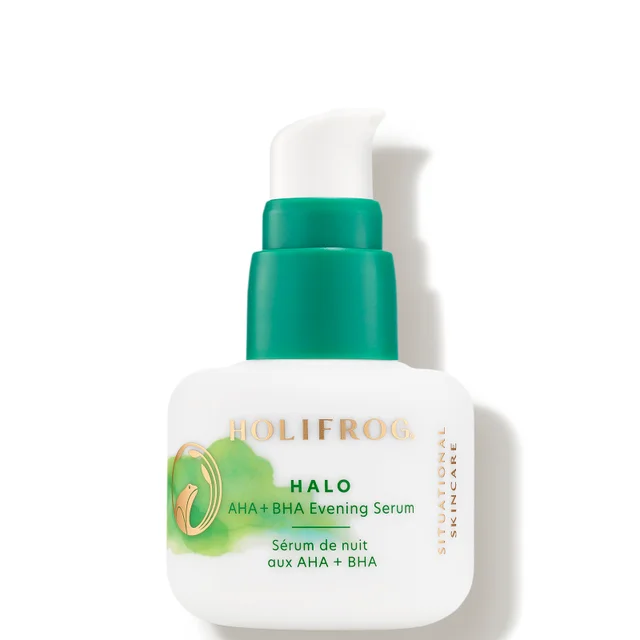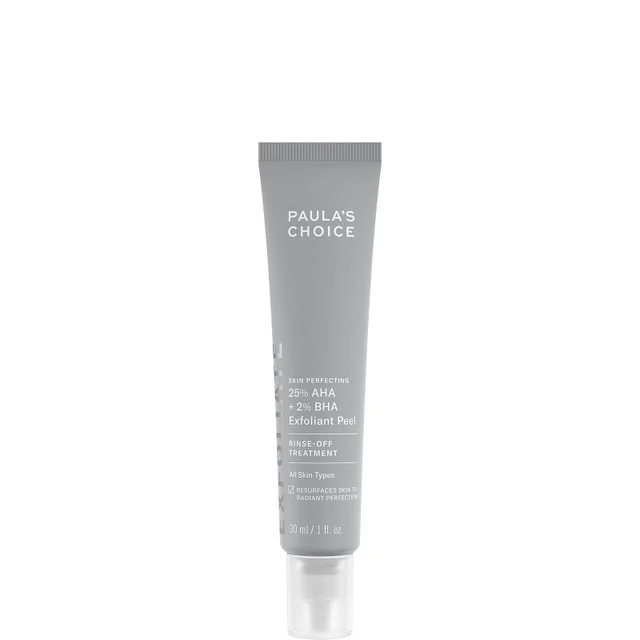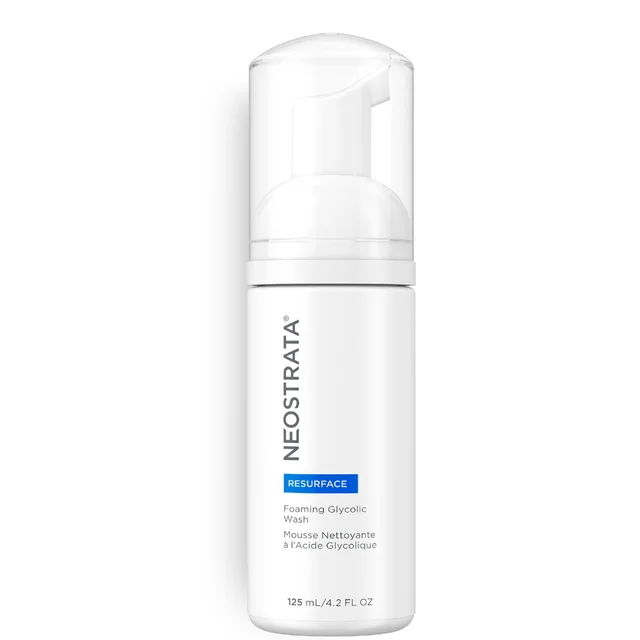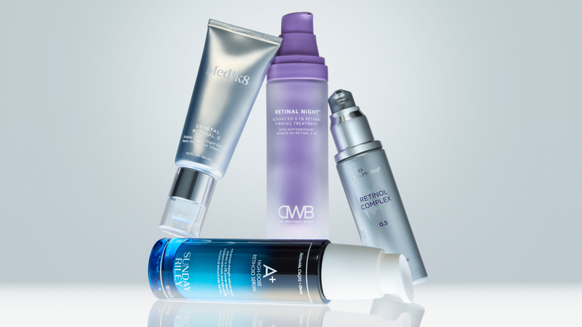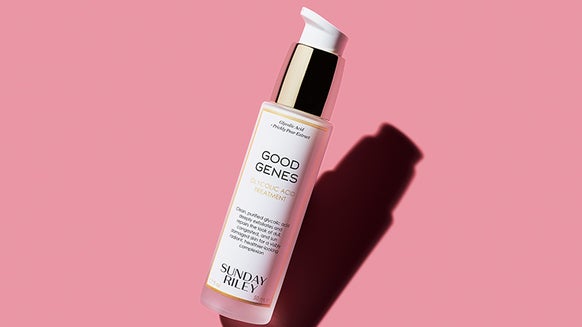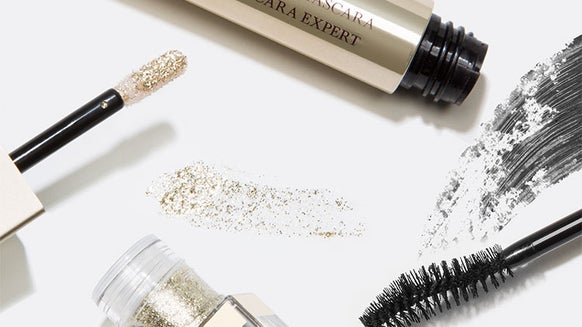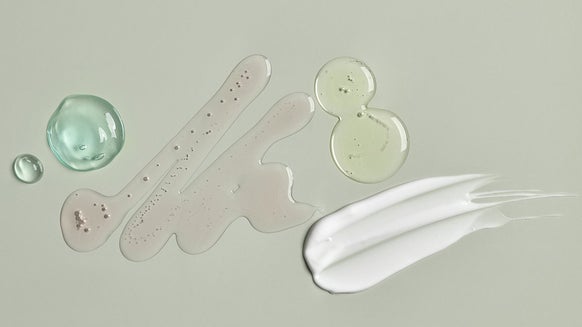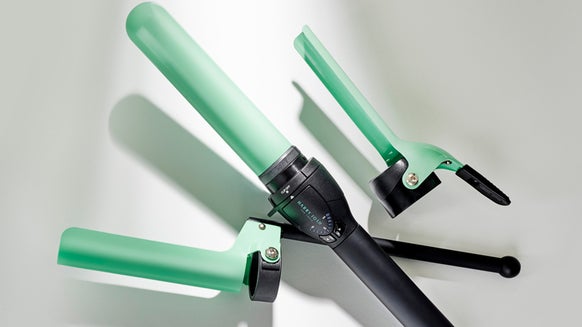6 Things to Know Before Using Hydroxy Acids on Your Skin
When it comes to skin care ingredients, few are as well-renowned—not to mention as effective—as hydroxy acids. The category is comprised of two sub-categories—alpha hydroxy acids and beta hydroxy acids, both of which can do a world of good for complexions across the spectrum. But are they right for you? Here’s what to know before you dive in.
Acids can help your entire skin care routine work harder.
According to
Alpha and beta hydroxy acids work differently.
All hydroxy acids can help address signs of aging, including fine lines, wrinkles and irregularities in texture and tone, according to
When it comes to hydroxy acids, more isn’t always better.
Before slathering your skin in acids every day right off the bat, know that, like retinol, it’s best to use hydroxy acids sparingly—at least at first.
“Like retinoids, the constant turnover of skin [that occurs as a result of hydroxy-acid use] leads to a thinner, more delicate topmost skin layer, making it prone to photo-sensitivity,” explains Dr. Adeline Kikam, a board-certified dermatologist in Texas and founder of
. As such, she recommends starting with a patch test to watch for any irritation before gradually introducing acids into your routine two times a week, and seeing how your skin responds before increasing to every-other-day use.Additionally, when picking out an acid, know that a higher percentage doesn't always lead to better results. “It’s best to start with concentrations under 10 percent,” Dr. Kikam says. “The main BHA is salicylic acid and is usually one to two percent. AHAs such as glycolic acid typically start at about eight to 10 percent.” Once you’ve mastered the lower concentrations, you can kick it up a notch with a more intensive weekly treatment, like Paula’s Choice SKIN PERFECTING 25% AHA + 2% BHA Exfoliant Peel.
The acids in your skin care products aren’t the same as the ones the pros use.
Even if a store-bought product is marketed as an at-home peel, it’s not as strong as the redness- and downtime-inducing professional-strength peels sometimes used by dermatologists and estheticians. Rather, at-home peels are more superficial, in that they’ll benefit texture and tone on a surface level with less intimidating side effects (phew!).
Regardless of whether you go the DIY route, a pro can help you choose the right type of acid to achieve your skin goals. “It is important to ask your provider which acid-containing products are best for your condition and how best to use them appropriately to give you the best results for your skin,” says
All skin tones can use acids—but choose a product carefully.
It’s a common misunderstanding that acids directly trigger melanin overproduction. In reality, Dr. Hartman says that in some cases, overdoing it with acids “can cause increased and exuberant inflammation which then leads to hyperpigmentation and deposition of melanin as a result.”
Because of this, Dr. Paviol says that those with skin of color can benefit the most from gentler acids that are the least likely to cause inflammation. “Mandelic acid, which has the largest molecular structure rendering it the most gentle acid, works beautifully for darker skin types as it yields all the benefits of AHAs without the harsh irritation and poses less risk of causing any post-inflammatory hyperpigmentation,” he explains.
But acids aren’t for everybody.
Namely, pregnant people. While “some acids are safe to use during pregnancy in extremely low strength, such as PHAs and AHAs,” BHAs are off limits while pregnant, Dr. Green says. Your best bet: Before adding an acid to your routine, sit down with your skin care provider for tailored tips pertaining to your specific situation.

From the latest hair and makeup trends to the best solutions for your skin issues, we've got all your beauty concerns covered!
